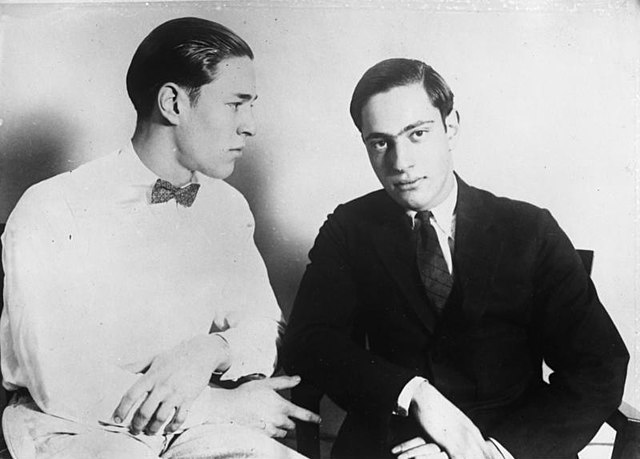The COVID-19 pandemic has prompted an ongoing re-examination of our teaching practices and learning communities, and some very interesting new ideas have emerged through this process of reflection. The following are some insights from our CENES colleagues Dr. Dorothee Leesing, Dr. Ilinca Iurascu and Shoshana Schwebel.
CENES: Is there something specific about the courses you taught last year that made them especially relevant for COVID-times?
Iurascu: Last year’s fall semester stands out the most for me: all instructional aspects seemed urgently different and new. Familiar topics and readings covered many times before took on unexpected meanings. So, the idea of reframing literary and cultural studies courses into opportunities to reflect on everyday material conditions and environments – as we did with the sections of CENS 202: “The Uniform” and GERM 301: “The Literature of Interior Spaces” – felt significant, necessary even. But none of this would have been possible without the hard work and care of extraordinary fellow instructors and TAs. Their expertise and the sense of community which they brought to these courses was transformative.
Leesing: The syllabus for CENS 202 used the focus point of “Uniforms” to explore relevant tropes in 19th and 20th century European fiction. This was obviously a great fit, since COVID times underlined the question of everyday-wear and special attire. While students engaged with the course content from their own homes, the topic of dress codes and how they communicate became very tangible and relevant.
CENES: What surprising discussions and topics came up in the course of the semester?
Iurascu: Inevitably, perhaps, in the context of an online course entitled “The Literature of Interior Spaces”, the classes became channels for thinking about privacy, vulnerability and the embodied human and technological realities hidden under the “virtual environment” label. A lecture on Weimar-era radio theory, for instance, led to a longer conversation about digital networks and the global systems of extraction and exploitation that make them possible.
CENES: What did students find to be the most helpful teaching practices that you explored together?
Leesing: We held synchronous town hall meetings and introduced flexible office hours in addition to the asynchronous course components. For each module, I also curated a small section with further materials and links, to which students could also contribute. I use this open format in my current courses as well, and I really like to provide a space for interesting things that might usually not make it into a 50- or 90-minute session.
CENES: What aspects of learning and teaching in COVID times, as represented by this class, do you hope to bring with you into whatever historical period comes next for us all?
Iurascu: As a new, enormously challenging semester is about to start, the questions raised during this past academic year feel acutely present. An increasing awareness about pandemic-amplified labour and precarity should guide all assessment of research, teaching and learning.
Schwebel: I hope to continue to extend extra compassion for students. This time-period of online classes, for me, revealed which classroom rules are needlessly punitive. Examples of this might be extremely strict deadlines and unreasonably expensive course materials. I want students to know that it’s ok if they need help, or require an extra hour or day here and there.
This time period also showed me just how much of a course’s content is determined by the students in real time. Without live questions, participation and discussion, the content seemed to reach a standstill, that could really only be bypassed in association with the input of the students. As an educator-in-training, it was highly valuable to learn to leave quite a lot of room when planning a class for the invaluable live detours.
Featured image: Photo by Chris Montgomery on Unsplash


